Here are examples of documents about the Victorians from all across the Highlands. Clicking on the images will allow you to see them in more detail. The images supplied are for educational purposes so please don’t use them for other reasons or share them online – thank you!
Rich & Poor
The Victorian era was a time of great contrasts and there was a big difference between being rich or poor. The rich wore fancy clothes, lived in big houses and went to dances and balls, while poorer people sometimes struggled to survive and, in cities, often lived in dirty tenement buildings called slums. In 1845 a law was passed, called the Poor Law Amendment (Scotland) Act, which set up a group in every parish called a Parochial Board. People who didn’t have enough money or were too ill to work could ask the Parochial Board for help.
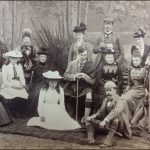
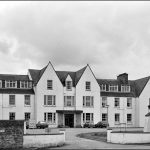
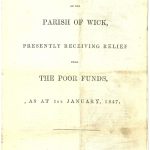
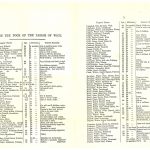
Boer War and Lovat Scouts
There were several wars during Queen Victoria’s reign, including the Boer Wars, which the British fought in South Africa. Highlanders played an important part in these wars. The Boers were much better at field warfare. The British, trained in conventional battle and dressed in their famous scarlet coats, weren’t used to fighting like that and so Simon Joseph Fraser (Lord Lovat) approached the War Office to ask for permission to form a group to undertake ‘scouting’ in South Africa. Once permission was granted Lovat contacted Highland landowners to recruit ghillies and stalkers as they would be trained in reconnaissance, tracking a target, handling horses and moving easily across rough terrain.
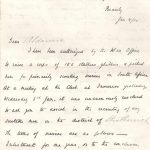
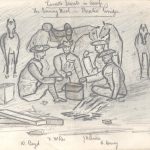
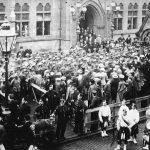
You can read a transcript of the letter here.
The Lovat Scouts photograph is provided with permission from our friends at the Highland Photographic Archive.
People
There were many famous engineers, scientists, inventors and others during the Victorian period. These documents tell you a little about some interesting Highlanders who lived during Victoria’s reign.
This letter is from Robert Browning, who was an author. His works include ‘My Last Duchess’ and ‘Porphyria’s Lover’.
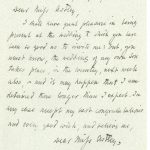
You can read a storyboard about James Bremner here. He was an inventor from Keiss in Caithness.
Queen Victoria died in 1901. In the collection we have a letter that describes her funeral procession in London. You can read a transcript here.
